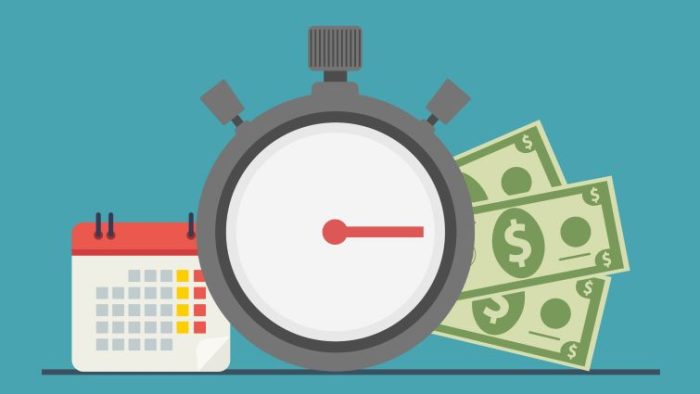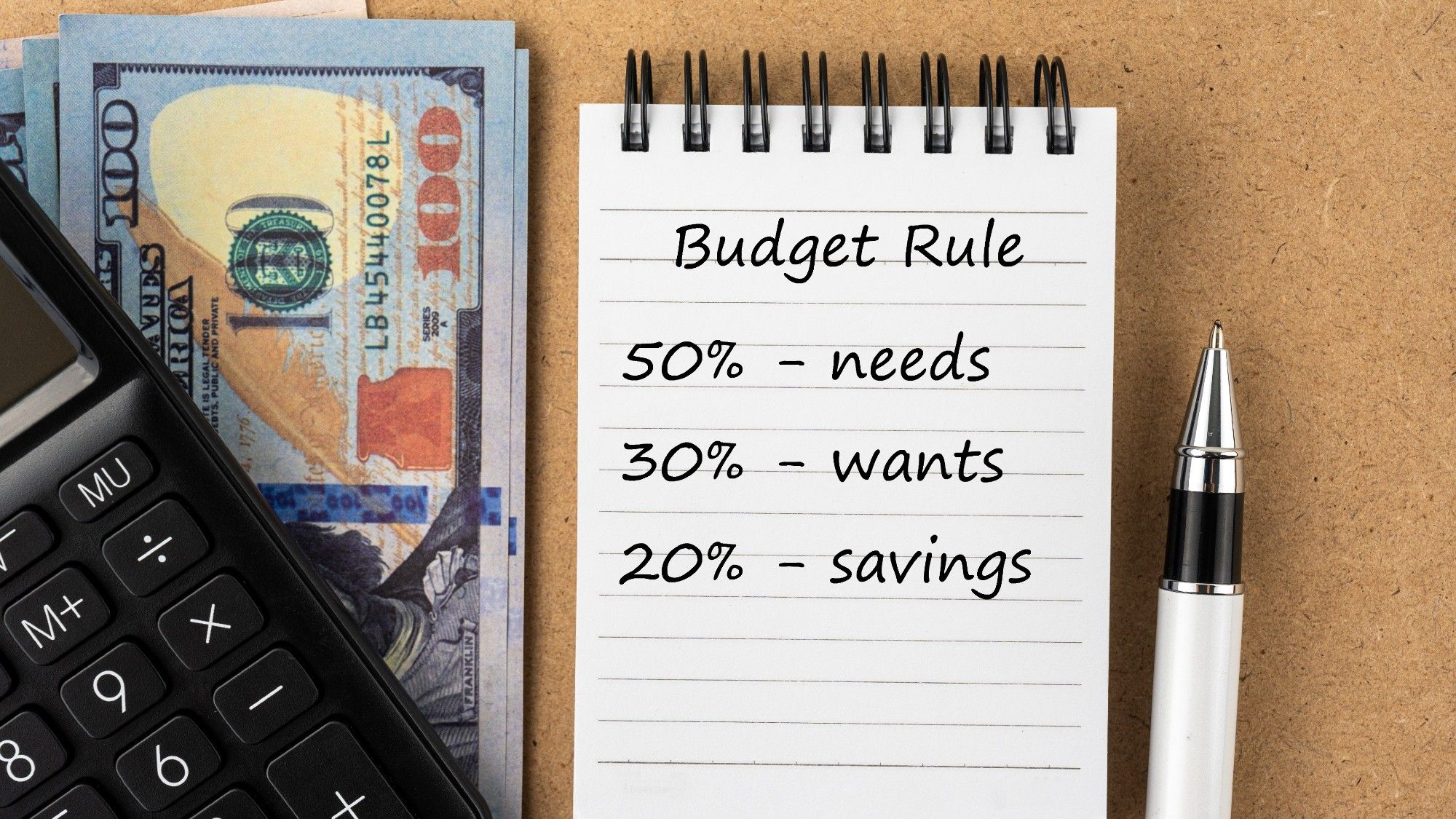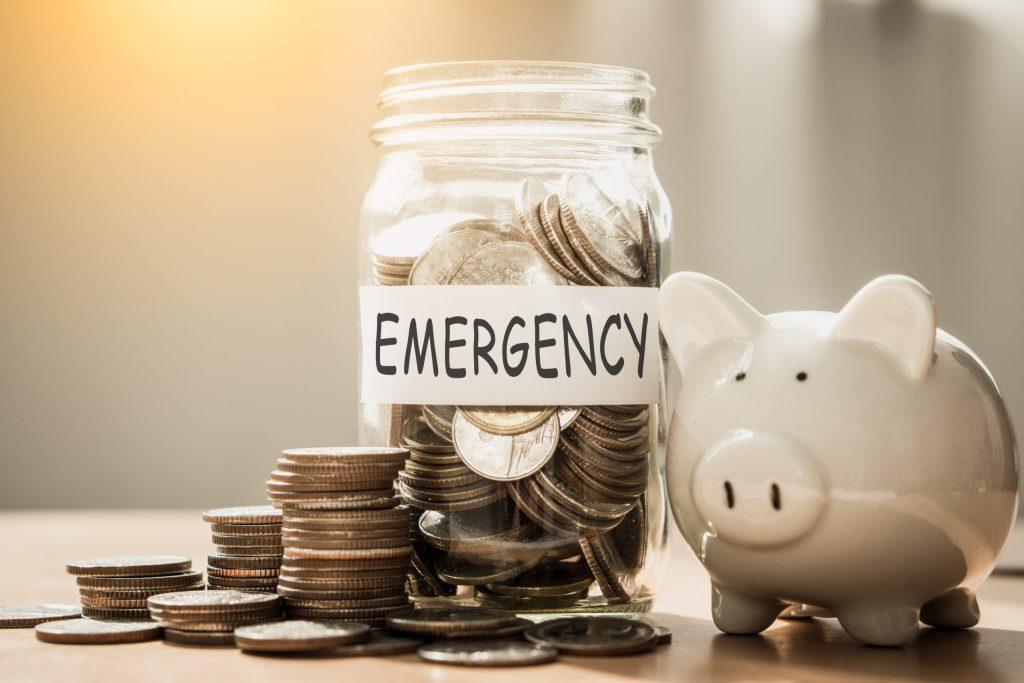Budgeting 101: How to Take Control of Your Money.

Learn the basics of budgeting with this step-by-step guide. Discover how to track expenses, set financial goals, and build a budget that works—so you can take full control of your money.
Why Budgeting Matters More Than Ever.
In today’s fast-paced economy, it’s easy to feel like money slips through your fingers. From rising living costs to subscription overload, many people struggle with managing their finances. The good news? You don’t need to be a financial expert to take control. Budgeting is the foundation of financial freedom—and it starts with understanding where your money goes, setting clear goals, and creating a realistic plan.

Why Budgeting Matters More Than Ever.
In today’s fast-paced economy, it’s easy to feel like money slips through your fingers. From rising living costs to subscription overload, many people struggle with managing their finances. The good news? You don’t need to be a financial expert to take control. Budgeting is the foundation of financial freedom—and it starts with understanding where your money goes, setting clear goals, and creating a realistic plan.
A budget is a financial plan that helps you track income, monitor expenses, and allocate resources wisely. It’s not about restriction; it’s about empowerment. A good budget helps you:
- Avoid debt.
- Save for short- and long-term goals.
- Build an emergency fund.
- Reduce financial stress.
Step 1: Know Your Numbers.
Start by calculating your monthly income after taxes. This includes:

- Salary.
- Freelance earnings.
- Passive income (e.g., dividends, rental income).
Tip: Use your bank statements or a personal finance app like Mint or YNAB (You Need a Budget) for accuracy.
Break your expenses into two categories:
- Fixed expenses: Rent, mortgage, utilities, insurance.
- Variable expenses: Groceries, dining out, entertainment, shopping.
For a complete picture, track every dollar you spend for at least 30 days.
Step 2: Choose a Budgeting Method.
There’s no one-size-fits-all approach. Here are a few popular methods:

- 50% for needs (rent, bills, groceries)
- 30% for wants (dining, hobbies).
- 20% for savings and debt repayment
Every dollar you earn is assigned a job. Your income minus expenses should equal zero.
Use physical or digital envelopes for spending categories. When an envelope is empty, you stop spending in that category.
Step 3: Set Financial Goals.
Short-Term Goals (0–12 months).

- Pay off credit card debt.
- Save $1,000 for emergencies.
- Build a vacation fund.
Medium-Term Goals (1–5 years).
- Save for a car.
- Fund a wedding.
- Pay off student loans.
Long-Term Goals (5+ years).
- Retirement.
- Homeownership.
- Children’s education.
Step 4: Automate and Adjust.
Automate Your Finances.
Set up automatic transfers for:
- Savings accounts.
- Retirement contributions.
- Debt payments.
Review and Adjust Monthly.
Your budget should evolve with your life. Reevaluate each month to adjust for:
- Income changes.
- New expenses.
- Progress toward goals.
Step 5: Build an Emergency Fund.
An emergency fund acts as a safety net for unexpected expenses like car repairs or medical bills. Aim to save:.

- $500–$1,000 initially.
- 3–6 months of expenses for long-term security.
Bonus Tips: Avoid Common Budgeting Mistakes.
- Don’t underestimate small expenses (e.g., daily coffee, subscriptions)
- Be realistic about spending habits.
- Leave room for fun —deprivation leads to burnout.
- Don’t forget irregular expenses like car registration or holiday gifts.
Best Tools for Budgeting Success.
- Apps: YNAB, Mint, EveryDollar.
- Spreadsheets: Google Sheets, Excel budget templates.
- Journals: Bullet journals or printable budget planners.
Budgeting isn't about limiting your lifestyle—it's about maximizing your potential. With a clear budget, you’ll gain confidence, clarity, and control over your finances. Whether you're saving for your first home, paying off debt, or just trying to make ends meet, taking that first step can change everything. Remember, the best time to start budgeting was yesterday. The next best time? Right now.




